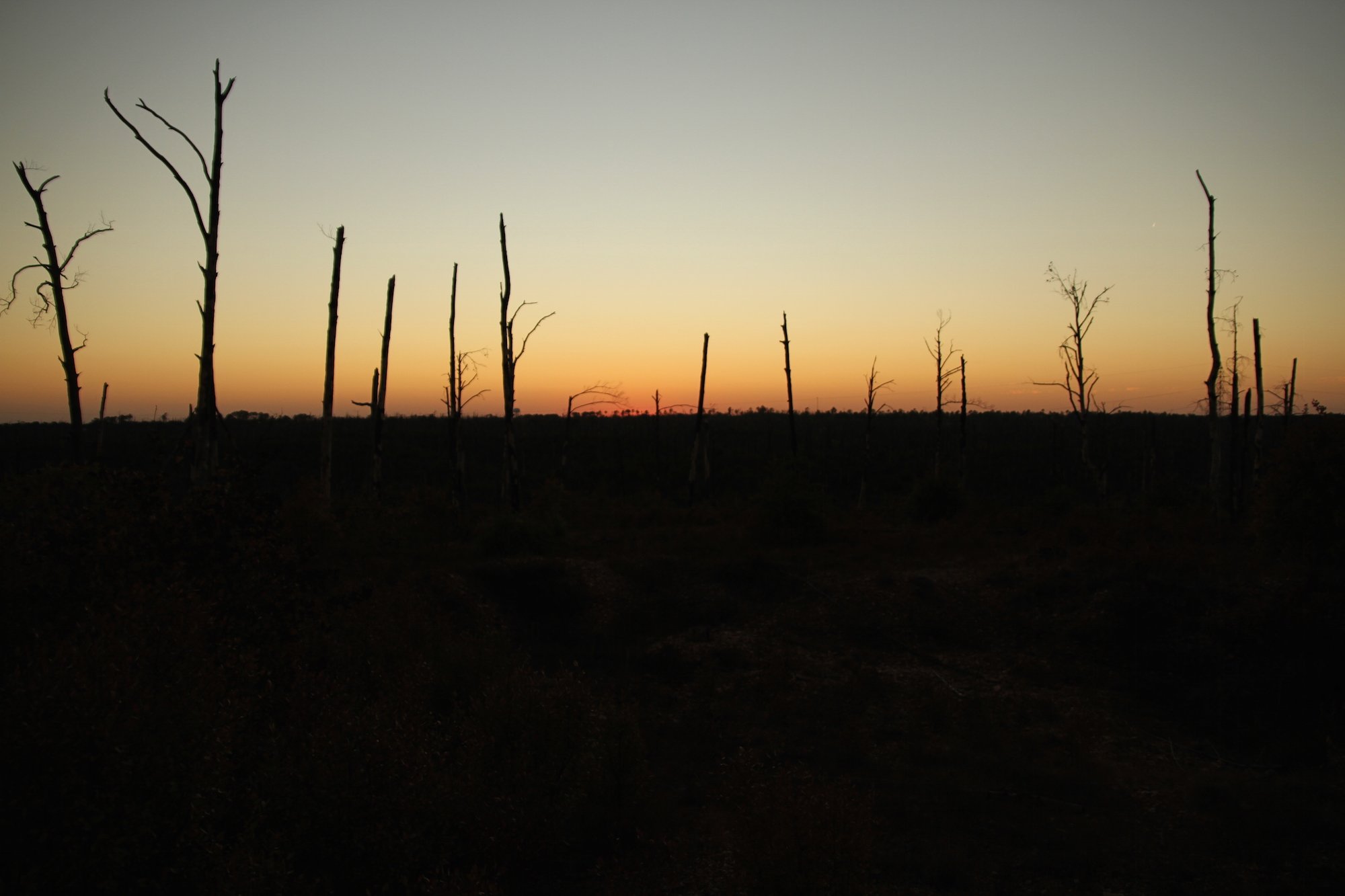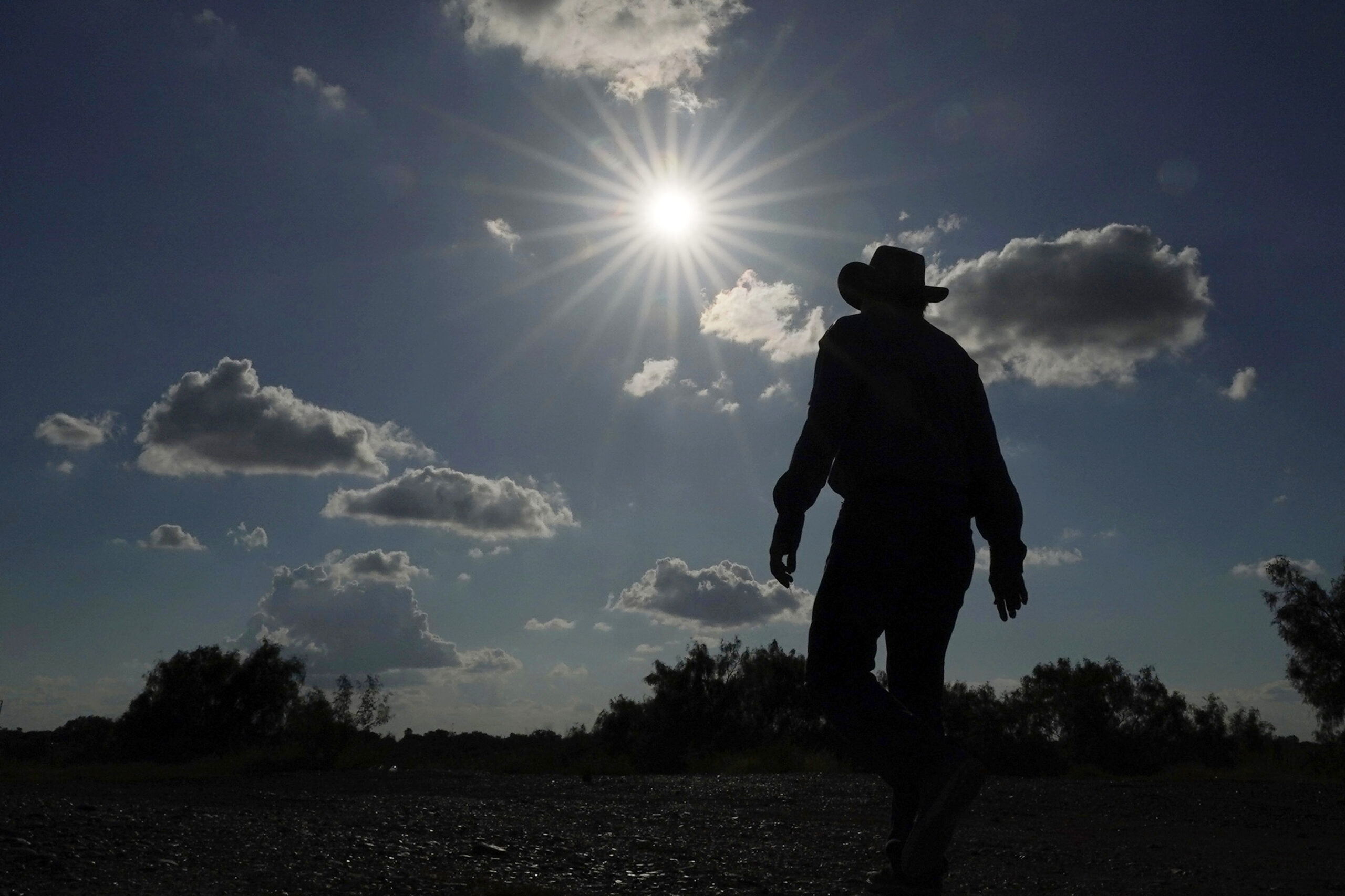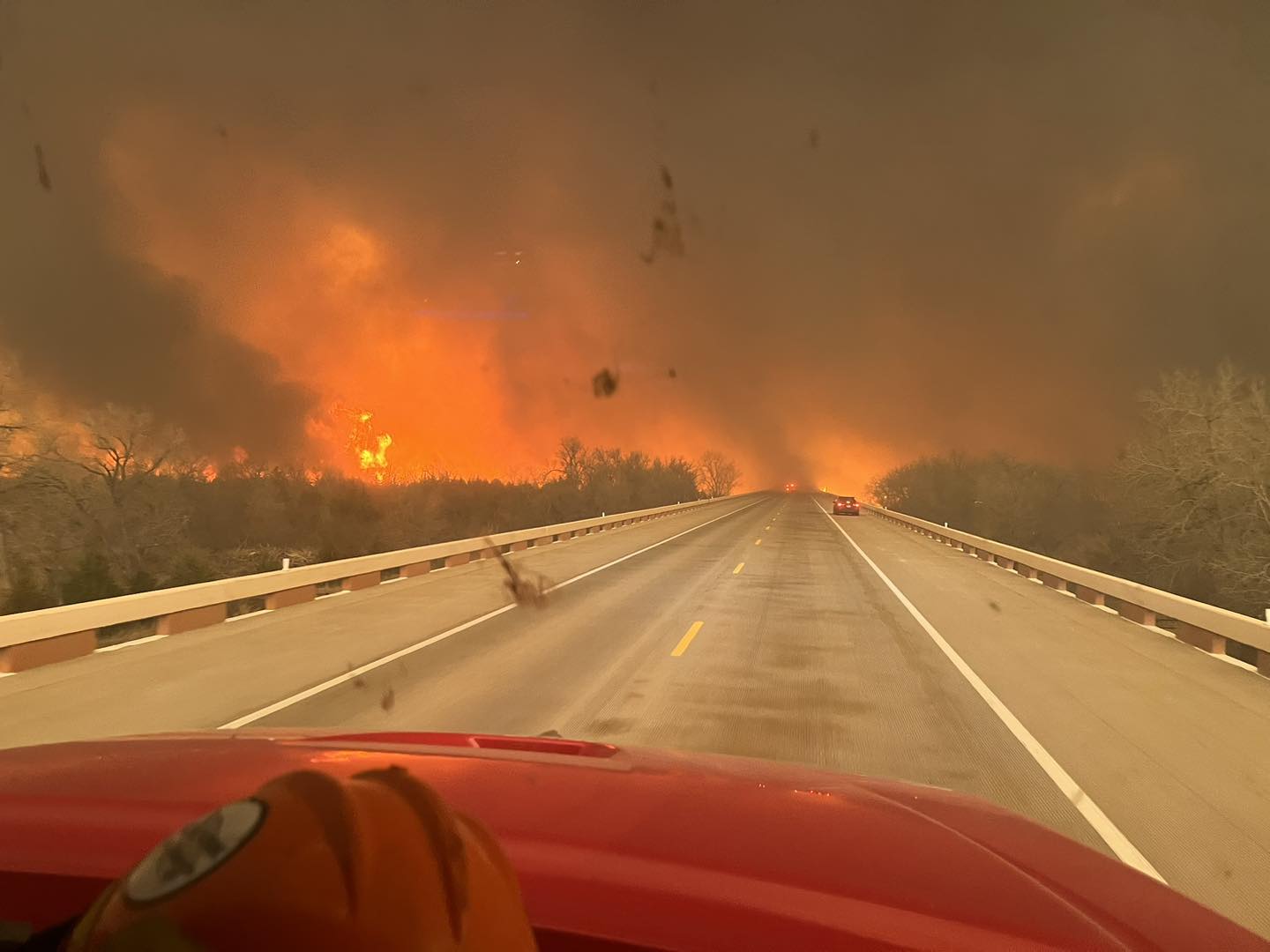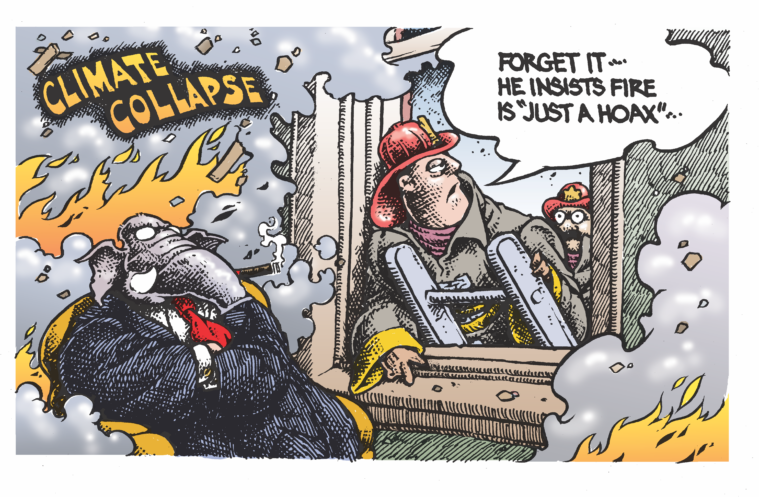
The Year in Disasters: Fracking, Fires and Floods
In 2015, we didn't have to fear acts of God — our disasters, fueled by climate change, were man-made.

In a year marked by nigh-on Biblical flooding, out-of-control wildfires and man-made earthquakes, one thing is clear: we’re turning the environment against us.
Climatologists and other experts note that these cycles of heavy rain and intense drought are linked to climate change, which at this point is undoubtedly human-driven — no matter what billionaire coal miners say. Here’s a roundup of the damage our unique combination of human ingenuity and greed did to Texas, our Texas, this year.
Floods
The Memorial Day floods wiped out hundreds of homes along the Blanco River and killed 11 people. Upwards of 20 inches of rain in the watershed pushed the normally placid stream 28 feet above flood stage and seven feet above the record crest in 1929.
In the early morning hours of May 24, water rose 17 feet in roughly 30 minutes. The graph of the river gauge outside San Marcos shows a near-vertical line starting just before 3 a.m. — a massive rush of water pouring through a river channel that normally holds, according to Observer editor Forrest Wilder, “a glorified trickle.”
On Halloween, Central Texas was hit again by devastating floods. And this weekend, storms bearing powerful tornadoes ripped through the Metroplex, leaving at least 11 people dead.
Climatologist believe the El Niño pattern is partially to blame, but also point to more extreme weather as one effect of global warming. Notably, 2015 is all but certain to be the warmest year on record, and one forecast predicts that 2016 will be even warmer.
Fires
In October, the Hidden Pines wildfire in Bastrop decimated some of the same landscape scorched in the 2011 Bastrop Complex fires. Hidden Pines destroyed 64 buildings and burned 4,500 acres. Large fires — those that burn more than 5,000 acres — are increasing in Texas. According to the Texas Forest Service, only one fire burned more than 5,000 acres from 1985 to 2000. But in the last 15 years, Texas has seen fires of that size nearly every year.
The trend is likely linked in part to cycles of flooding and drought worsened by climate change. Though it seems counterintuitive, heavy rainfall followed by droughts creates the conditions for wildfires. Rainfall spurs the growth of underbrush. When this extra vegetation dies off and dries out, often during the blistering Texas summer, drought can turn those plants into fuel. Climate researchers and some fire experts reckon that the flood-drought-fire cycle will become a “new normal” for parts of Texas.
Fracking
Groundbreaking research from two Texas universities has shown that recent North Texas earthquakes are likely caused by wastewater injection wells, which have proliferated during the fracking boom. Despite this, the oil industry and the Texas Railroad Commission (ostensibly two separate entities) are still skeptical about the link between fracking and earthquakes.
But with its aggressive fracking ban effort, Denton looked to be the little town that could actually stand up to oil-and-gas bigwigs. In November 2014, Denton voters passed a ban on fracking with nearly 59 percent of the vote. But within hours lawsuits filed by the General Land Office and the Texas Oil and Gas Association foreshadowed its demise.
Six months later, the Lege passed HB 40, a bill that sailed through the Capitol and made the Denton ordinance “unenforceable.” The law effectively prohibits municipalities from regulating subsurface oil and gas activity within their jurisdiction. As Denton Drilling Awareness Group’s board member Adam Briggle told the BBC, “The biggest point now is not what the rules are, but who gets to make them.”
With towns now at the mercy of the state, opposition to fracking has come down to individual efforts. Earlier this year, the Observer looked at what happened to three families who refused to lease their mineral rights to drilling companies. In the end, these families were unable to stop drilling on their own properties, and in one case, producers just drilled on surrounding properties and divided the holdout family against itself. A man-made disaster can be a human tragedy, too.
Forecast for 2016
Despite the environmental damage done — and the damage expected to persist — we saw a landmark plan to combat climate change this year: In August, President Obama announced the Clean Power Plan, a set of guidelines intended to curb the country’s greenhouse gas emissions by 2030.
Though nearly 200 nations have committed to keeping global warming “well below” 2 degrees Celsius, Republican elected leaders here in the United States — including Texas’ own climate “semi-skeptic” Lamar Smith — continue a campaign of resistance. But short of a successful legal challenge, the Clean Power Plan will soon force Texas to slash emissions by 33 percent by 2030.
[Featured image of Hidden Pines fire aftermath: Sam Mohney]


